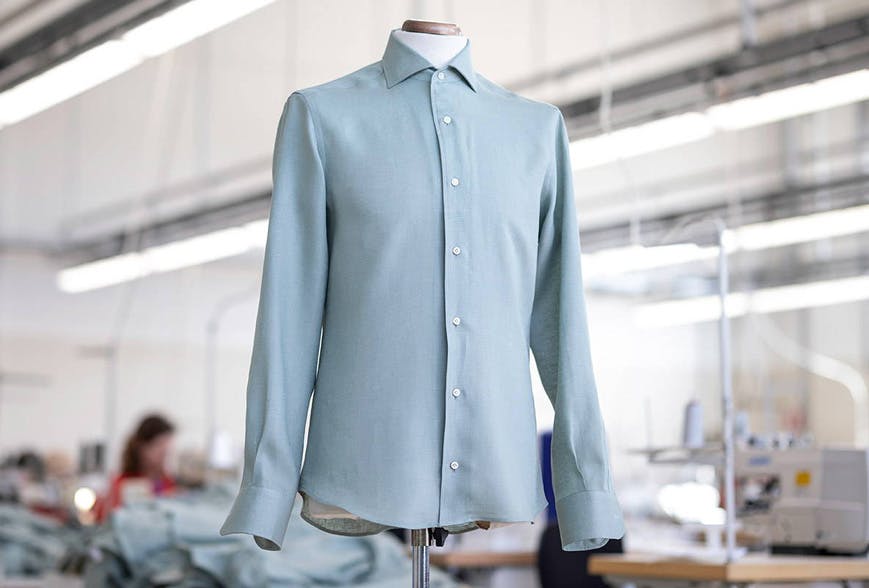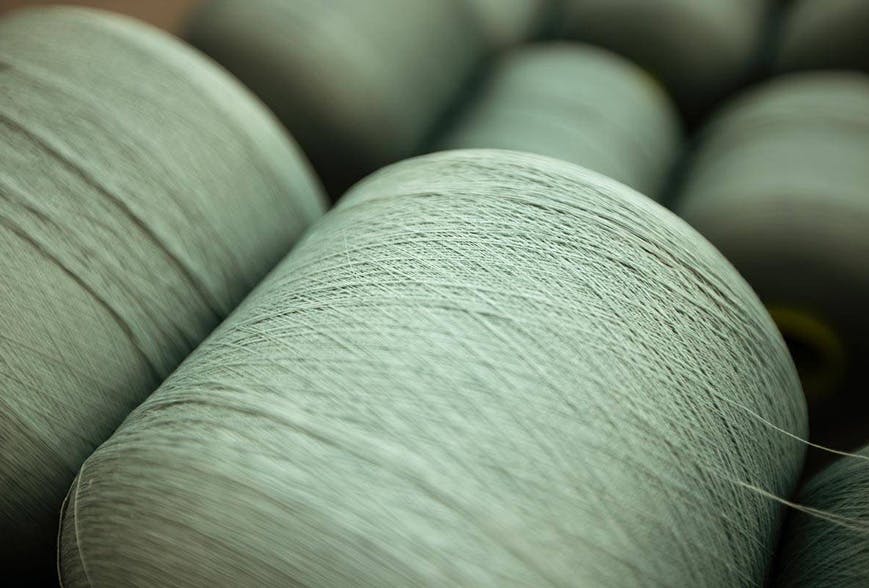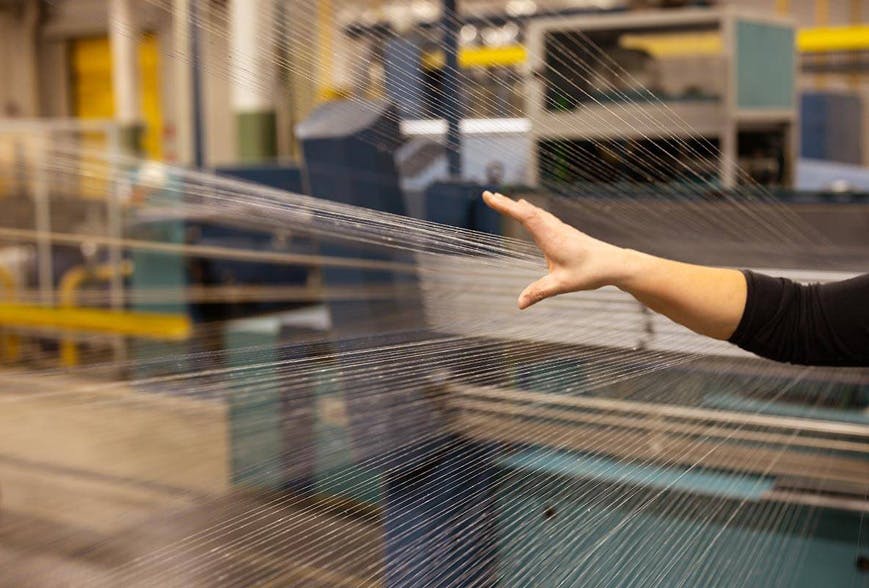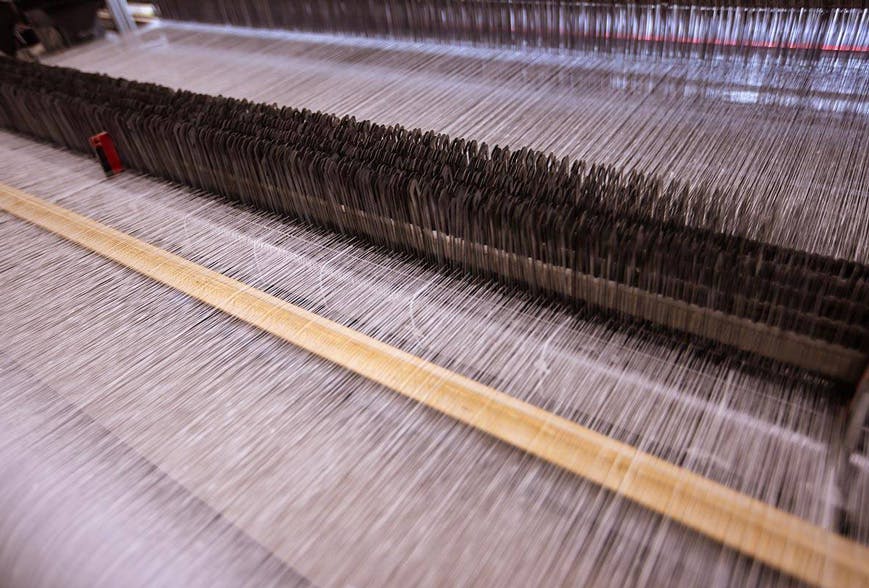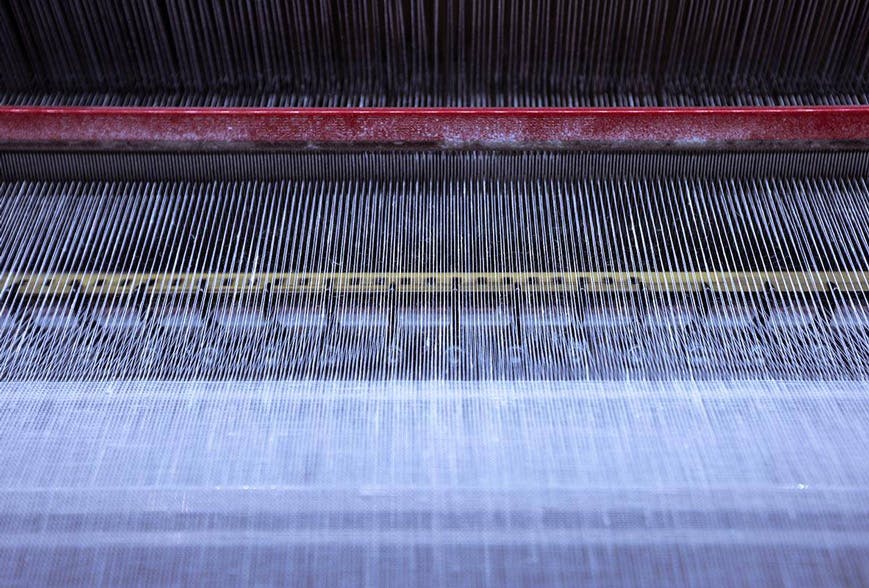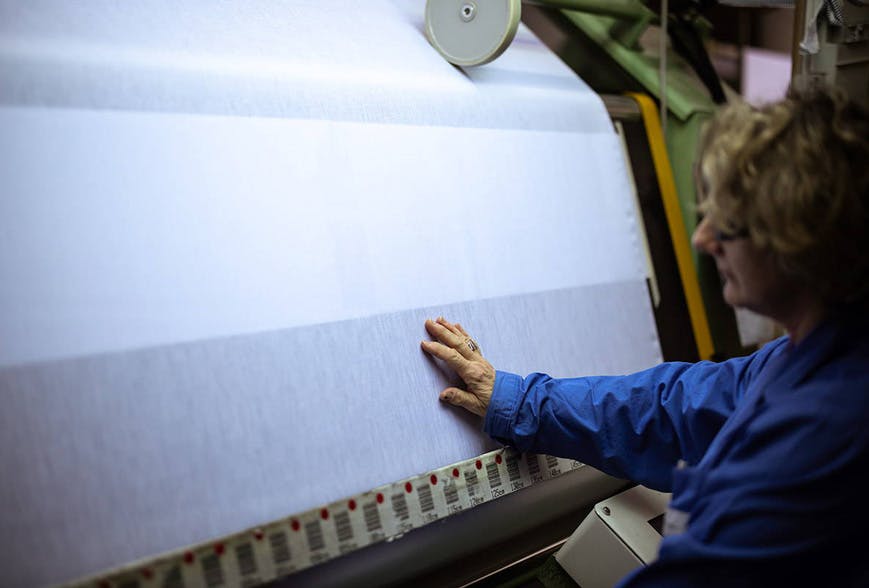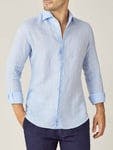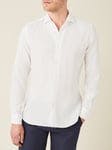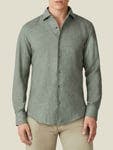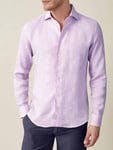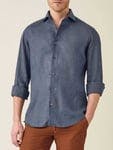
Linen Masters: From Flax Field to Cloth
Excellent garments have stories to tell. Their rich texture embodies the passion and knowledge of generations, and the class they exude is a celebration of the virtues of craftsmen who dedicated their lives to bringing to life clothes of the finest quality.
Linen is a textile that’s defined the history of menswear, thanks to its unique properties and the deep-rooted connection with humanity, which have used flax fibres to create fabrics since the dawn of time.
Creating the perfect linen clothes is a process that requires knowledge handed down from generation to generation, experienced hands, and a vision: to craft a timeless garment of uncompromising quality.
Over the years, Luca Faloni has developed unique partnerships with artisans and mills in Italy, sharing our same passion for linen excellence. The resulting synergy of Italian heritage and inventiveness is what enhances the qualities of our permanent collection, and today we’ll look at the journey every flax fibre must take to become a magnificent linen cloth.
